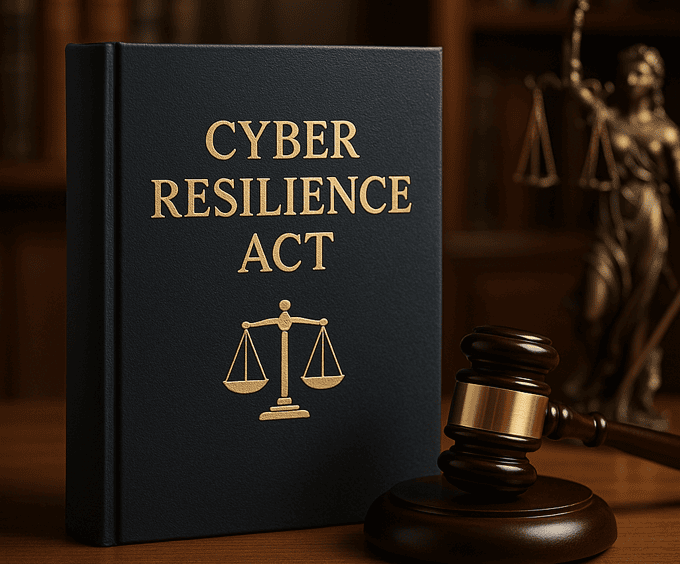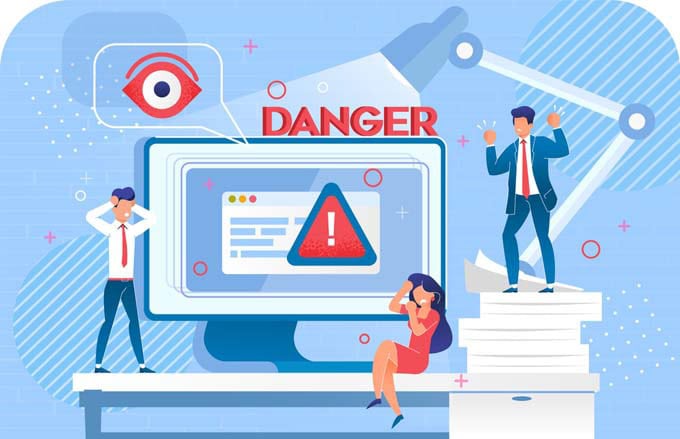AI is driving a new generation of advanced cyberattacks
The emergence and continued evolution of artificial intelligence (AI) is transforming cybersecurity and adding a new level of complexity to threat detection and mitigation. New research from Keeper Security shows that while organizations are implementing AI-related policies, there remains a significant challenge to be fully prepared to deal with AI-driven threats.

According to the Keeper survey, 84 percent of IT and security managers believe that AI tools make phishing and smishing attacks - already a critical threat - even more difficult to detect. In response, 81 percent of companies have introduced AI usage guidelines for employees. Confidence in these policies is also high, with 77 percent of executives stating that they are either very familiar or familiar with AI security best practices.
Despite these efforts, the gap between policies and how to deal with AI-driven threats persists. Keeper's 2024 Top Data Threats report shows that 51% of security leaders see AI-driven attacks as the biggest threat to their organizations. In addition, 35 percent believe that their organizations are the least prepared to combat these attacks compared to other types of cyber threats.
To overcome these new challenges, companies are focusing on several key strategies:
- Data encryption: This is the most widespread measure: 51% of IT managers have included it in their security strategies. Encryption helps to protect sensitive data from unauthorized access, which is crucial for defending against AI-driven attacks.
- Training and sensitization of employees: As a high priority, 45 percent of companies are focusing on improving their training programs to better prepare their employees for the evolving threat landscape. Effective training can help employees recognize and respond to AI-powered phishing and smishing attempts.
- Advanced threat detection systems: With 41 percent of organizations investing in these systems, there is a clear focus on improving the ability to detect and respond to sophisticated, AI-driven threats. Advanced threat detection solutions can provide early warning and mitigate potential damage from these attacks.
The emergence of AI-driven cyberattacks poses new challenges. Basic cybersecurity practices - such as data encryption, employee training or advanced threat detection - remain essential. Organizations must ensure that these basic measures are regularly updated and adapted to new threats.
In addition to these basic measures, the introduction of advanced security frameworks such as Zero Trust and the implementation of Privileged Access Management (PAM) solutions such as KeeperPAM can significantly improve resilience. Zero Trust ensures that every user, device and application is continuously checked before critical systems are accessed. This minimizes the risk of unauthorized access and limits the radius of propagation in the event of an attack. PAM helps protect an organization's sensitive accounts by controlling, monitoring and auditing privileged access. This is particularly important for defending against sophisticated AI-driven attacks targeting sensitive credentials.
Organizations should also be proactive by regularly reviewing their security policies, conducting routine audits and promoting a culture of cybersecurity awareness. Even as organizations make progress, cybersecurity is an ever-evolving area that requires constant vigilance. Combining basic practices with modern approaches such as Zero Trust and PAM helps organizations stay ahead of evolving AI-powered threats.
Source: www.keepersecurity.com









